When many people think of Scandinavia, it's fjords, northern lights, mountains, fishing boats and lakes that spring to mind. But the Scandinavian cities are just as distinct. Let's take a closer look.
While it's those spectacular landscapes that attract the tourists, it's the cities of Scandinavia where the majority of the population live and work.
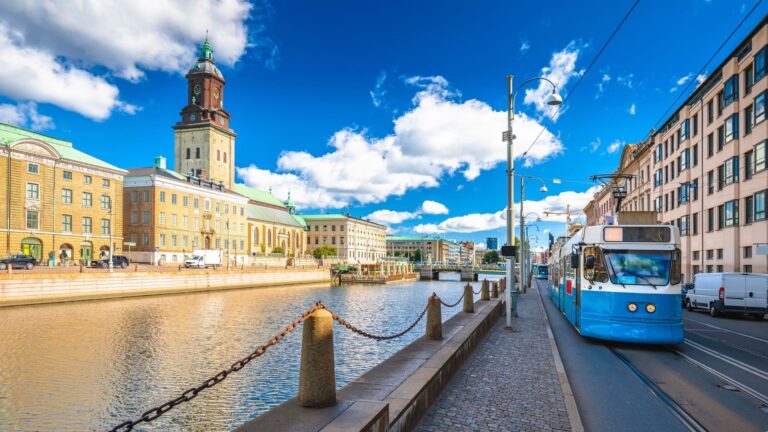
Urban areas in Scandinavia are defined by their unique architecture, green spaces, efficient public transit systems and an overall approach to sustainability.
No one city is particularly big in world terms. In fact, international visitors to the region are often shocked at how compact and easy to get around the urban areas are. The biggest of them all barely gets to 1.5 million.
Are you a fan of Scandinavian design, historic architecture, waterfront neighbourhoods, clean streets and modern touches? If so, a Scandinavian city break could be right for you.
Population of Scandinavian Cities
It can sometimes be difficult to discuss precise population figures because of issues like students, whether to count the wider metropolitan area or the city proper, and what to do with neighbouring cities.
However, we've done our best to bring you this list of the region's biggest 12 cities. The definition we've used is the population living in the principal urban area. To be clear, we're using the usual definition of Scandinavia: Denmark, Norway, and Sweden.
Hopefully, this list will give you some inspiration for your next city break in the region. Happy planning!
12. Aalborg, Denmark
Population 130,853. Denmark's fourth largest city is best known for its modern waterfront district on the Limfjord, the body of water that slices through Jutland.
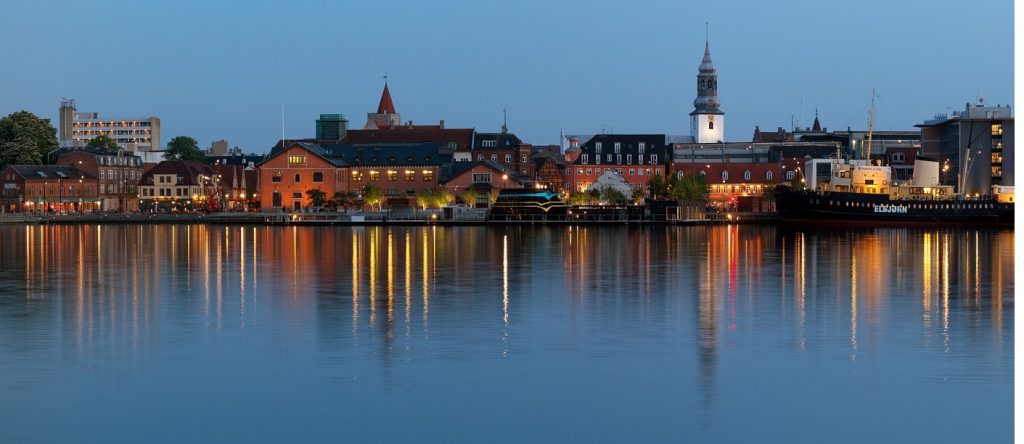
The striking designs of modern buildings such as the Utzon Center and the futuristic House of Music draws in fans of modern architecture. Despite being a preserved building, the Museum of Modern Art has recently been renovated. The result? An architectural wonder featuring marble floors and custom-made Aalto copper lamps.
The city is located at the heart of the North Jutland region, known as the pantry of Denmark. That means foodies can sample the latest trends in Nordic gastronomy.
The airport is the third largest in Denmark. Nordic airlines Norwegian and SAS operate regular flights between Copenhagen and Aalborg, while Norwegian also offers direct flights from selected European cities.
11. Uppsala, Sweden
Population 140,454. Sweden's fourth largest city, Uppsala is the birthplace of the Celsius scale for temperature. That hints at a scientific background and indeed, the city has been an important educational centre for centuries. To this day. Uppsala boasts several important institutions.
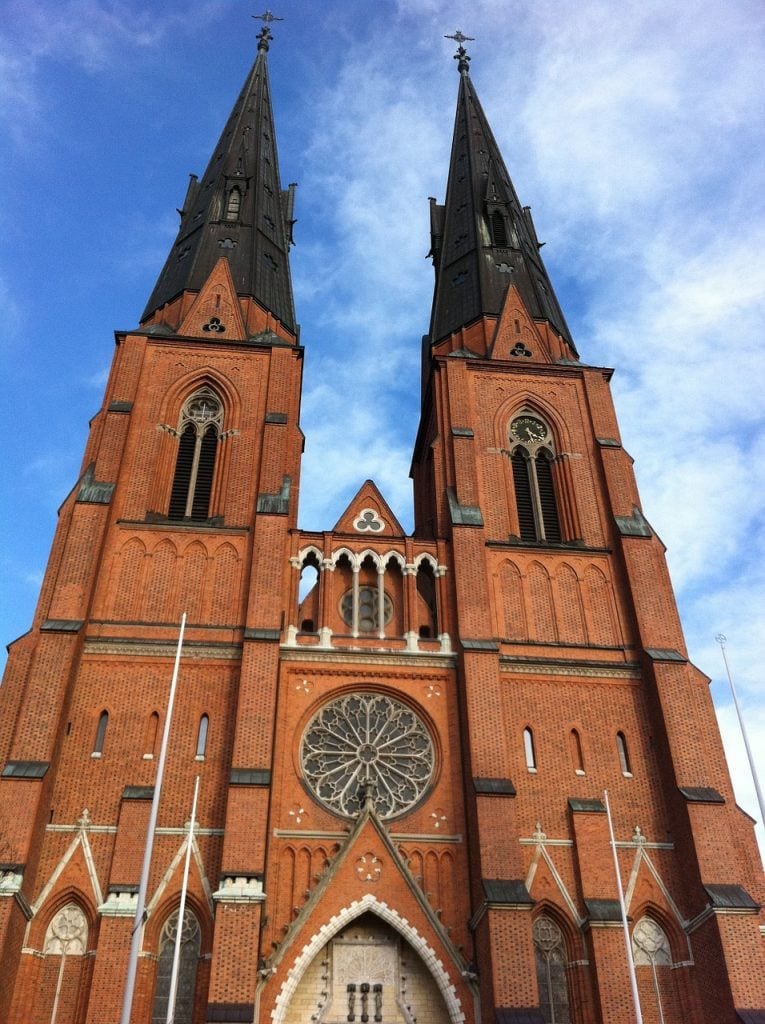
The city is also home to Scandinavia's largest Cathedral, pictured above. The church was designed in the French Gothic style by French architects.
It wasn't consecrated until 1435 but plans and work had begun many decades before. It's the burial site of King Eric IX (reigned 1156-1160) who went on to become the patron saint Sweden.
The city is a great spot for fans of art and architecture. Options include Gamla Uppsala's royal burial mounds and museum for 2,000-year-old pagan kings, and the 17th century Augsburg Art Cabinet.
10. Trondheim, Norway
Population 169,972. The former capital of Norway was founded in 997 by Viking leader Olav Tryggvason, whose legacy lives on to this day.
The picturesque city's downtown area is best known for its colourful wooden warehouses lining the river, above, and the striking Nidaros Cathedral.
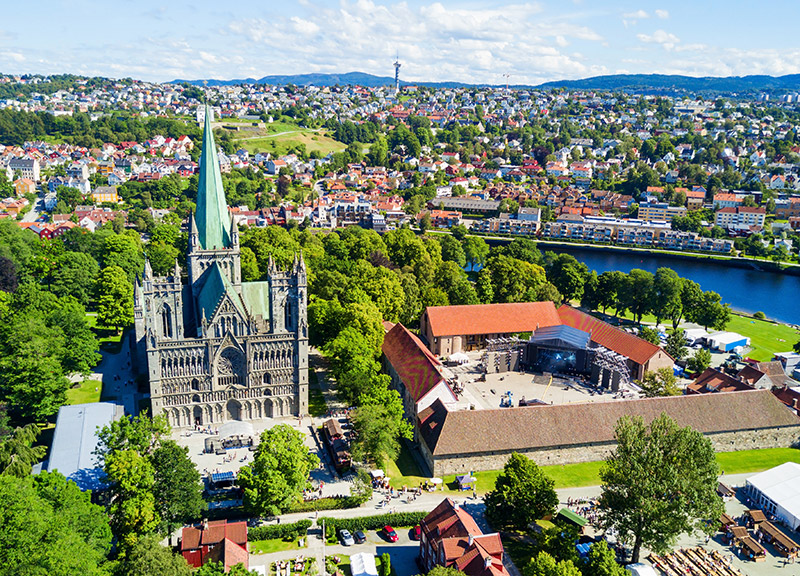
Modern-day Trondheim is a thriving student city and the technology capital of Norway. NTNU University is the country's primary science and technology university. The institution turns out thousands of problem-solvers every year, many of whom choose to stay in the city.
The compact downtown area is easy to explore on foot, as is the riverside walk. The city is Norway's capital of cross-country skiing. Many of Norway's Olympic champions come from Trondheim or the wider central Norway region.
9. Odense, Denmark
Population 172,512. The birthplace of fairytale extraordinaire Hans Christian Andersen, Odense makes the most of the association with museums and even pedestrian crossing lights featuring his silhouette.
A visit to the Hans Christian Andersen Museum gets you admission to four other attractions in the city.
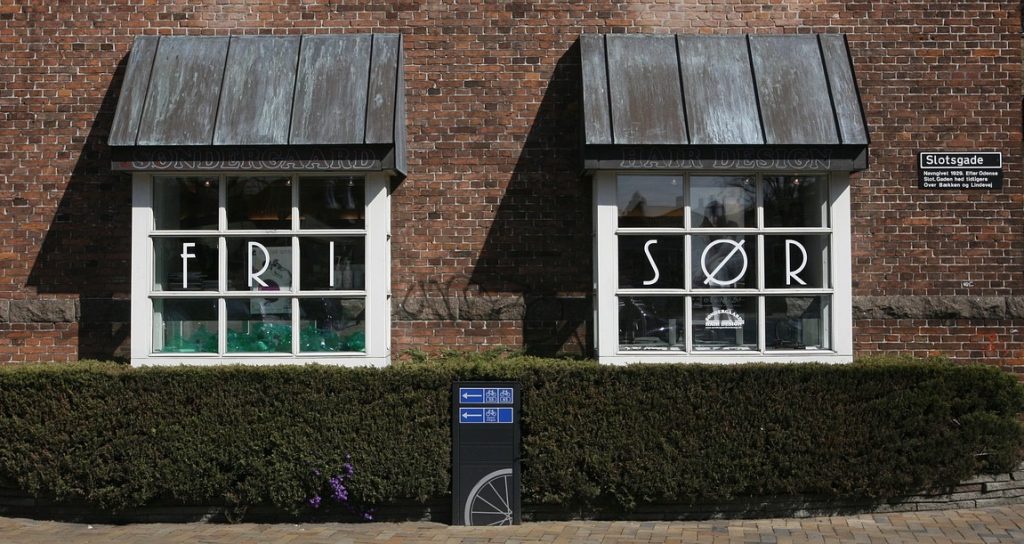
The country's best zoo, a fascinating museum of historic houses, and several art galleries are notable attractions.
As one of Denmark's oldest cities, Odense is a must for history buffs. Odin's Odense is a real highlight. Here you can discover stories from Iron age history and the Viking lifestyle.
A striking feature of the city is its open green spaces, perfect for taking a relaxing break during a sightseeing trip. Kongens Have was laid out as a Baroque garden in the 1720s, while the waterside Munke Mose is a popular family destination.
8. Stavanger, Norway
Population 203,771. It might be known as Norway's oil capital but that doesn't put off the tourists. In fact, many of them visit the city's petroleum museum, which is much more interesting than it sounds! It's especially suitable for children, with plenty of hands-on activities.
The fun extends to the area in front of the museum, too. Here, spare resources from the offshore oil industry have been turned into—believe it or not—a children's playground. The topography is based on the geological layers of the Troll oil field.
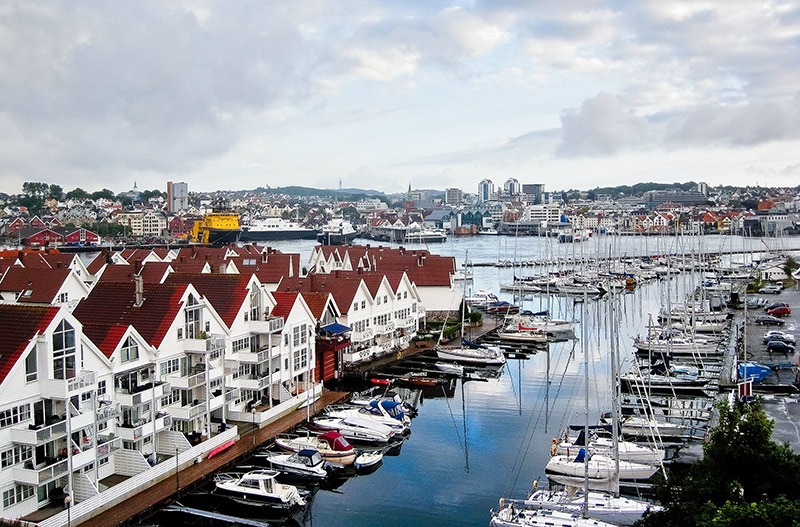
Stavanger also serves as a great base for exploring the nearby Lysefjord. Day trips to the world-famous Preikestolen cliff are among the most popular activities from the city. Just don't forget your walking boots!
Back in the city, Stavanger is known around the globe for its street art scene. The annual Nuart street art festival is a real highlight on the cultural calendar. But the art—from giant murals to tiny stencils—can be enjoyed at any time of the year.
7. Bergen, Norway
Population 247,731. Norway's second city and former capital is best known for its historic Hanseatic history. German traders built the city up during the late Middle Ages due to the demand from continental Europe for Norwegian fish, seafood and fish oil.
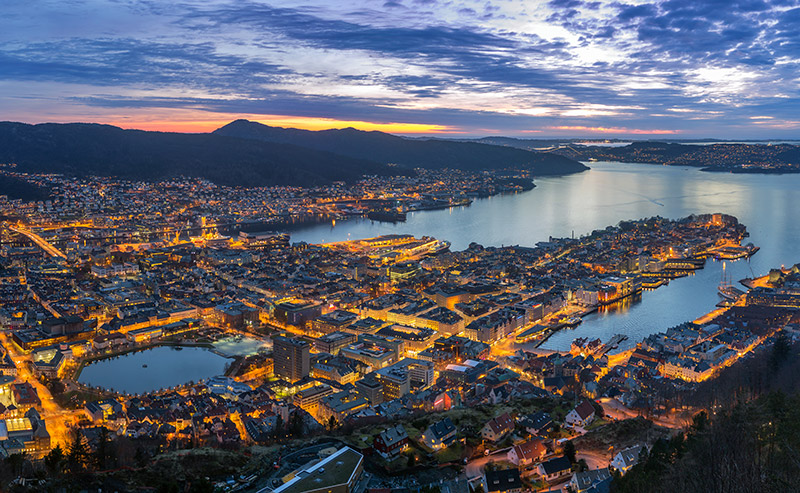
These days, the city is visited by thousands of tourists every day, many arriving by cruise ship. Day-trippers spend their time in the historic Bryggen district, but there's loads more to see.
To escape the crowds and discover the area's true charms, slip into the alleyways behind. Here you'll discover beautifully restored architecture home to modern independent boutiques and galleries.
For those staying longer, the city is also a terrific base for exploring the Norwegian fjords. If you've never been to Norway before, come prepared. You don't often see it in the photos, but Bergen is one of the rainiest places in Europe, and the fjords aren't far behind.
6. Aarhus, Denmark
Population 264,716. Pictured above is the simply spectacular old town of Aarhus, a must for any visitor to Denmark's second largest city. Despite its size the city centre is surprisingly compact, with harbour, forest, shops, restaurants, hotels and beaches all within walking distance.
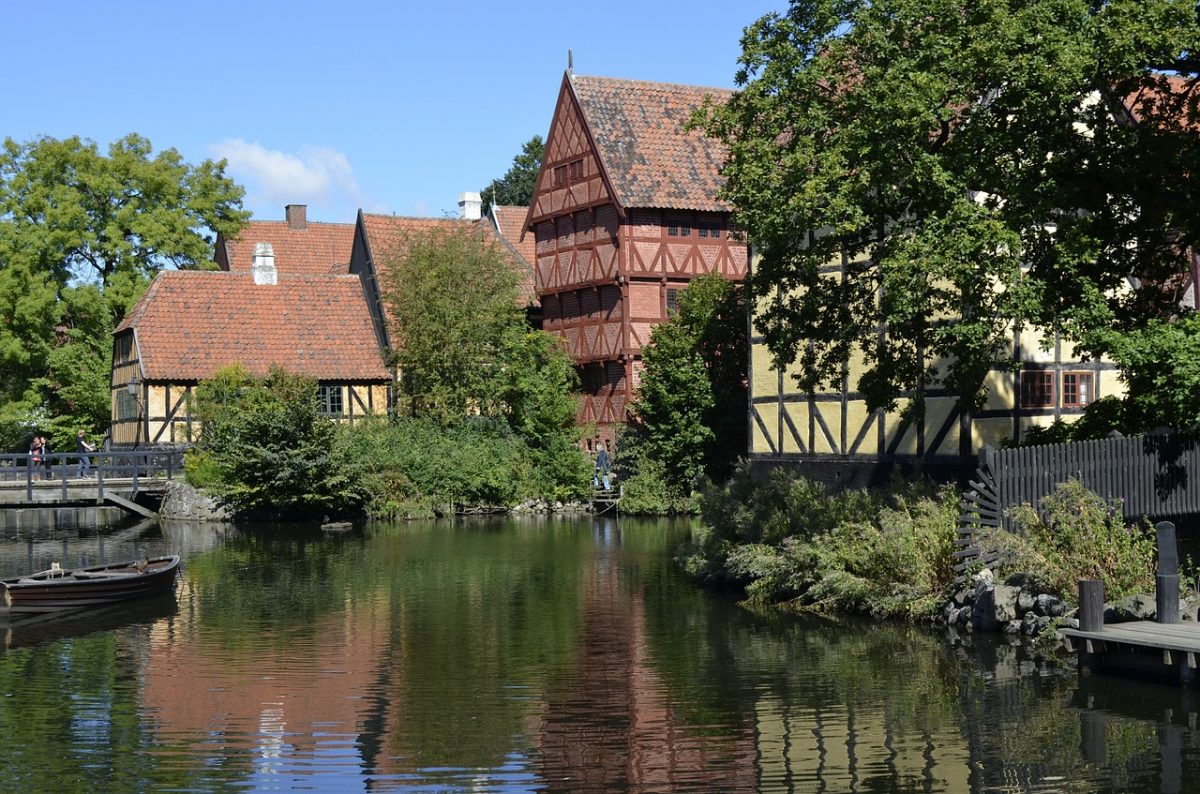
Also within walking distance is the annual 3-day NorthSide music festival, which along with the city's thriving restaurant and bar scene, has helped to put it on the cultural map with a younger generation.
Direct Ryanair flights to London have helped increase international tourism significantly in recent years.
Also helping that trend is the global travel media's sudden obsession with the city. Since being named a joint European Capital of Culture for 2017, the city has attracted welcome attention. CNN even claimed Aarhus is “is primed to steal Copenhagen's scene.”
5. Malmö, Sweden
Population 301,706. The city itself might be small but Malmö part of a much wider urban area. Not only do almost one million people live within easy reach of the city, the wonderful Öresund bridge links the conurbation with Copenhagen.
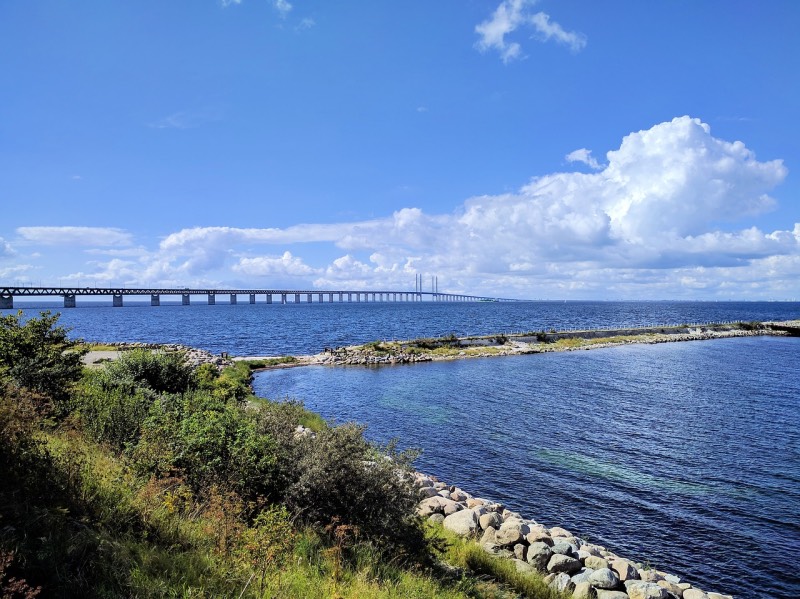
When it comes to tourism, Malmö inevitably lives in the shadow of its more famous neighbour across the water, but the Swedish city offers a lot to tempt travellers across the bridge. The city's population skews young, with almost half under the age of 35.
Originally built as a minor citadel in 1436, Malmöhus Castle is Sweden's oldest renaissance castle. Its lively history is a must for anyone interested in Scandinavian history.
But there's modern architecture too. The most notable building is the quirky Turning Torso. The neo-futurist residential skyscraper is the tallest building in Scandinavia.
4. Gothenburg, Sweden
Population 581,822. Gothenburg is the biggest of the Scandinavian cities that are not a national capital.
But despite its relatively large size, Sweden's second city has a different feel from the capital, Stockholm. The city's look and feel is best known for its Dutch-style canals and leafy boulevards.
The reason? Gothenburg was built by the Dutch during the 1600s, as they were considered the best at building on marshland. The original city was built inside a large zigzag-shaped city wall, a feature that characterised the city for centuries.
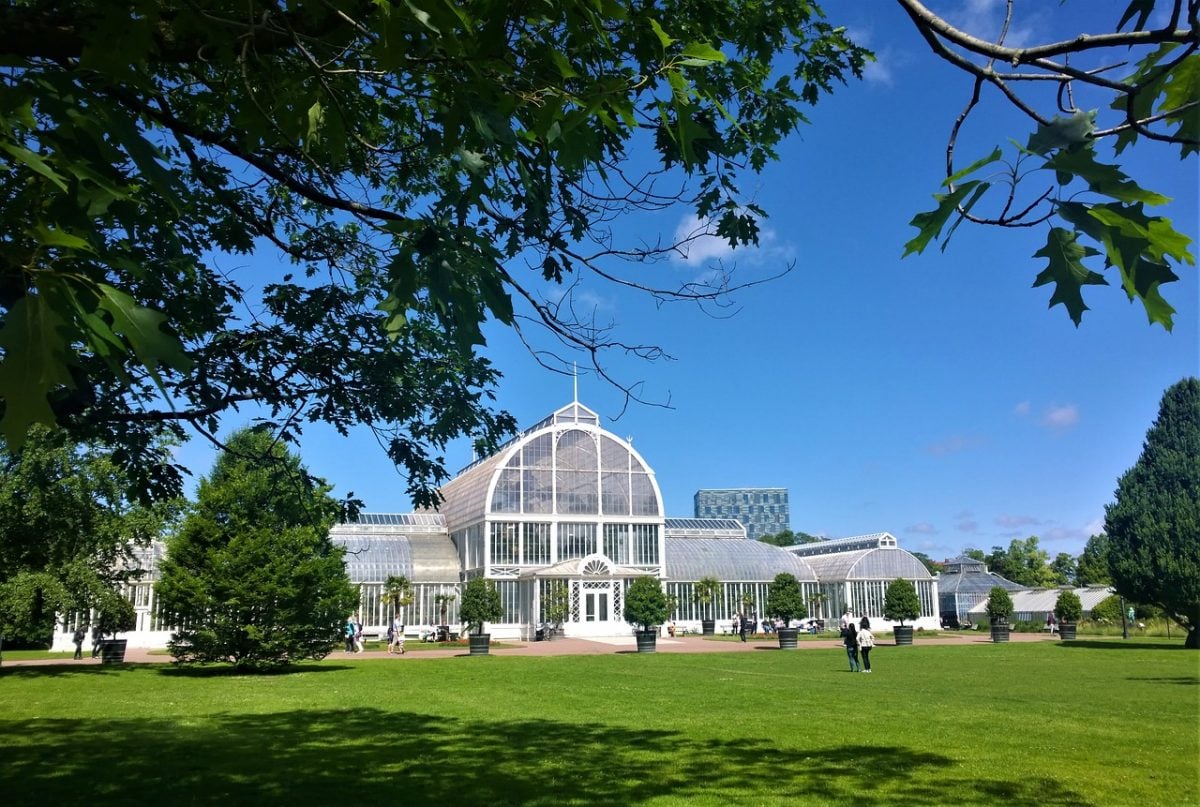
The gardens and amusement park at Liseberg draw tourists in great numbers. While its generally open during the summer months, its special events around Halloween and Christmas are well worth attending if you're in the town.
Yet the city has a more chilled-out vibe than you might expect, with plenty of green space to relax. Check out the riverside walk that's perfect for people watching.
But don't get the impression that this is a lazy city! The big student population means there's plenty of events year-round, such as the film festival every January.
Finally, don't miss the 19th-century atmosphere of the old town, Haga. The area has undergone gentrification although some of the original wooden houses remain. It's a great spot for a coffee and a bite to eat.
3. Oslo, Norway
Population 942,084. Norway's capital city itself has grown remarkably in recent years, drawing immigrants from all around the world and from other parts of Norway.
The city itself has a population of around 600,000, but the entire metropolitan area around the inner Oslofjord swells that figure to well over a million.
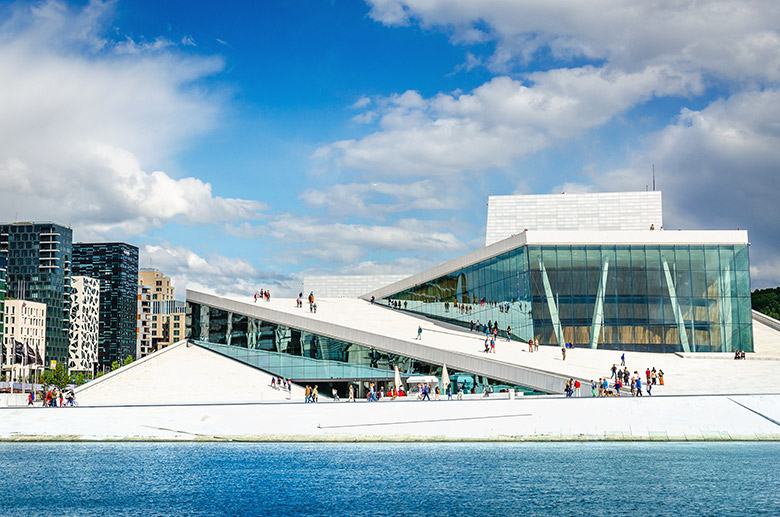
Oslo is best known for its access to nature. That's a bit of theme in this article! Top choices to discover include the Oslofjord islands just a few minutes boat ride away from the City Hall. If you want to stay on dry land, head instead to the forest that almost encircles the city.
Holmenkollen ski jump is the centrepiece of a world-class ski arena. Getting there on the metro is half the fun, and the views back across the city make the trip worthwhile. Continue on the metro all the way to Frognerseteren to reach the Nordmarka forest.
The central area is undergoing something of a revolution, with new buildings aplenty. When the new National Gallery opens in 2020, Oslo will have one of the hottest cultural venues in Scandinavia.
2. Copenhagen, Denmark
Population 1,295,686. Castles and cycles in cool Copenhagen! From the magnificent Christiansborg Palace and the Renaissance-era Rosenborg Castle to chilling by Nyhavn quay in a pavement cafe, Copenhagen offers something for everyone.
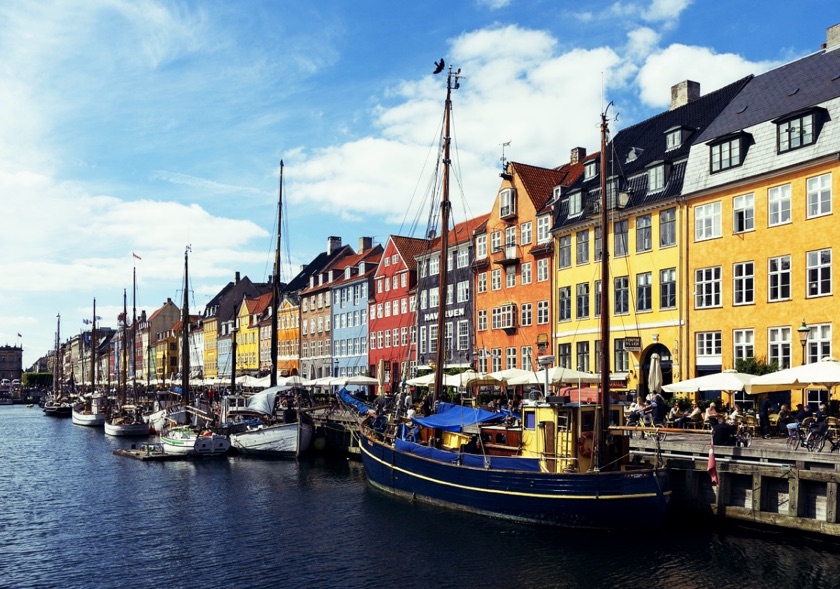
The Danish capital draws design lovers from across the world with its world famous design district and shopping opportunities. But there's plenty of tradition too. Discover Tivoli Gardens, a historic theme park that remains the beating heart of the city.
The city is also a paradise for cyclists, with outstanding infrastructure including traffic lights that favour cyclists over cars. There's absolutely no need to hire a car in Copenhagen.
You can see much of the city on foot, and for the rest you can take the city's excellent public transportation, or simply do as the locals do and hire a bike.
1. Stockholm, Sweden
Population 1,515,017. Sweden's capital and the largest city in both Scandinavia and all the Nordic countries, Stockholm is big enough to offer distinct districts that appeal to all tastes.
Tourists fill the narrow alleyways of Gamla Stan, while trend-setters flock south to the Södermalm district.
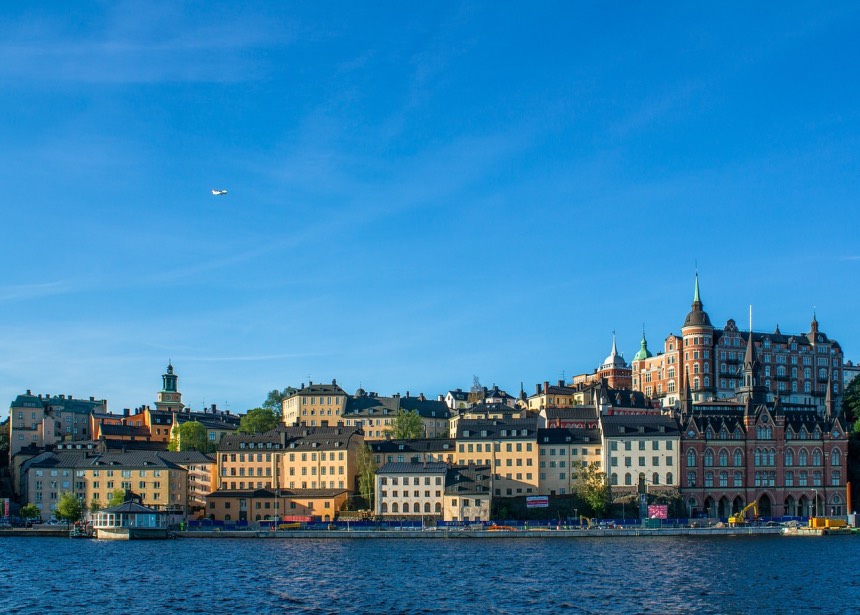
Yet it's outside of the city where Stockholm's true charms lie. Around 25,000 islands of all shapes and sizes make up the Stockholm archipelago, an incredibly popular area for summer recreation among the city's residents.
A boat trip here is an unforgettable experience. It reminds you that even citizens of Scandinavia's biggest cities love the outdoors lifestyle.
Boat trips and passenger ferries run all day throughout the year but are far more popular in the summer. At this time of year, the ferries are so frequent you can spend the day ‘island-hopping'.
What's your favourite Scandinavian city? Has this post has inspired you to plan a trip? Or perhaps just to find out more about this fascinating region of the world? If so, why not share your find on Pinterest?


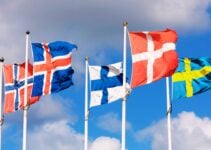

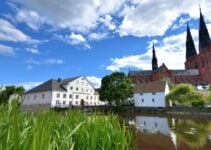

U forgot a country thats called Finland and Helsinki, lol!
Actually he didn’t. Finland 🇫🇮 is not part of the Scandinavian countries .
It’s considered a part of the Nordic region. The new Nordic Museum in Seattle includes it.